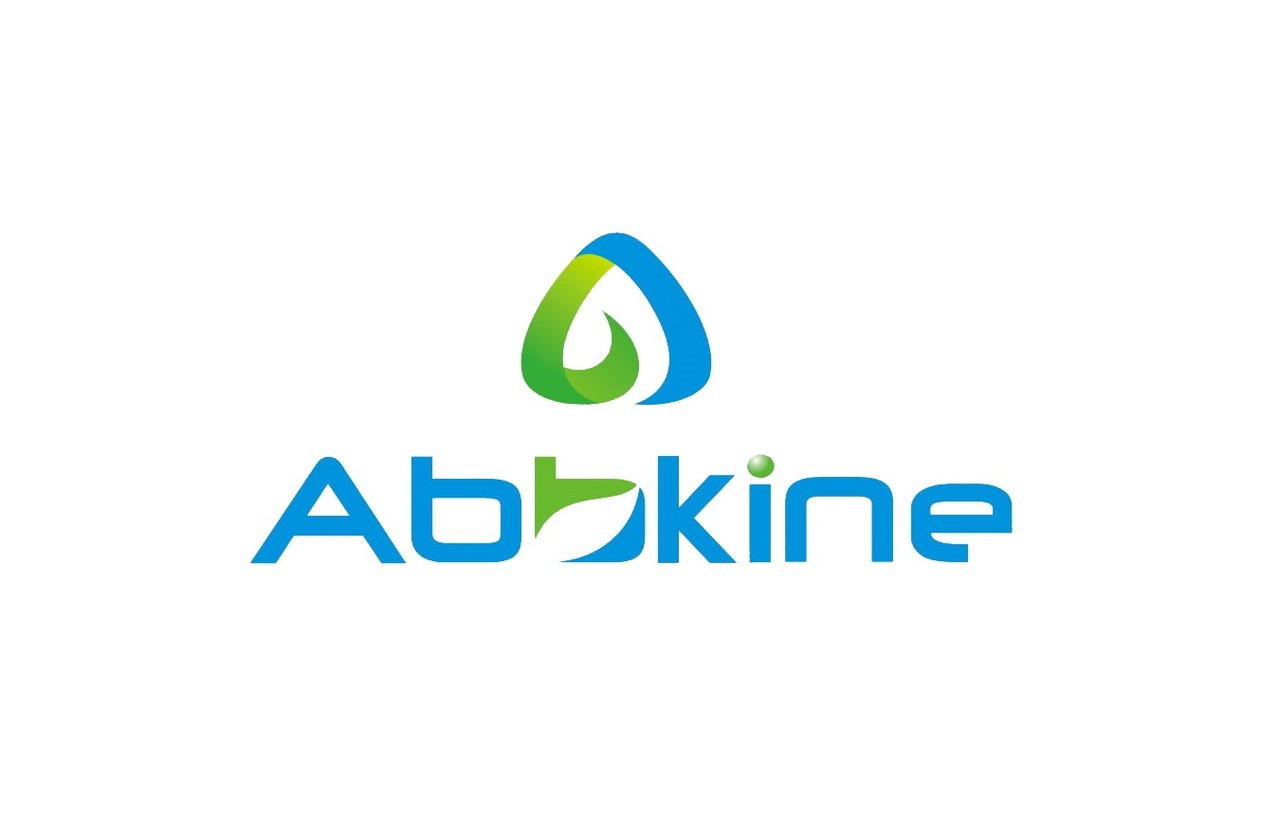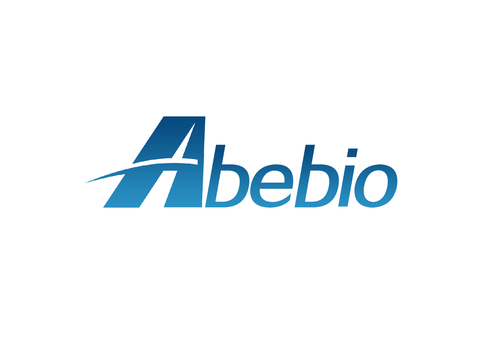Product Description
Mouse Regulator of G-protein signaling 5 (RGS5) ELISA Kit | KTE70504 | Abbkine
Application: This Mouse Regulator of G-protein signaling 5 (RGS5) ELISA Kit employs a two-site sandwich ELISA to quantitate RGS5 in samples. An antibody specific for RGS5 has been pre-coated onto a microplate. Standards and samples are pipetted into the wells and anyRGS5 present is bound by the immobilized antibody. After removing any unbound substances, a biotin-conjugated antibody specific for RGS5 is added to the wells. After washing, Streptavidin conjugated Horseradish Peroxidase (HRP) is added to the wells. Following a wash to remove any unbound avidin-enzyme reagent, a substrate solution is added to the wells and color develops in proportion to the amount of RGS5 bound in the initial step. The color development is stopped and the intensity of the color is measured.
Detection Method: Colorimetric
Conjugate: N/A
Sample Type: Cell culture supernatants#Serum#Plasma#Other biological fluids
Assay Type: Multiple steps standard sandwich ELISA assay with a working time of 3-5 hours. It depends on the experience of the operation person.
Kit Component: • Mouse Regulator of G-protein signaling 5 microplate
• Mouse Regulator of G-protein signaling 5 standard
• Mouse Regulator of G-protein signaling 5 detect antibody
• Streptavidin-HRP
• Standard diluent
• Assay buffer
• HRP substrate
• Stop solution
• Wash buffer
• Plate covers
Features & Benefits: Mouse Regulator of G-protein signaling 5 (RGS5) ELISA Kit has high sensitivity and excellent specificity for detection of Mouse RGS5. No significant cross-reactivity or interference between Mouse RGS5 and analogues was observed.
Calibration Range: Please inquire
Limit Of Detection: Please inquire
Usage Note: • Do not mix components from different kit lots or use reagents beyond the kit expiration date.
• Allow all reagents to warm to room temperature for at least 30 minutes before opening.
• Pre-rinse the pipet tip with reagent, use fresh pipet tips for each sample, standard and reagent to avoid contamination.
• Unused wells must be kept desiccated at 4 °C in the sealed bag provided.
• Mix Thoroughly is very important for the result. It is recommended using low frequency oscillator or slight hand shaking every 10 minutes.
• It is recommended that all samples and standards be assayed in duplicate or triplicate.
Storage Instruction: The unopened kit should be stored at 2 - 8°C. After opening, please store refer to protocols.
Shipping: Gel pack with blue ice.
Precaution The product listed herein is for research use only and is not intended for use in human or clinical diagnosis. Suggested applications of our products are not recommendations to use our products in violation of any patent or as a license. We cannot be responsible for patent infringements or other violations that may occur with the use of this product.
Background: The regulator of G protein signaling (RGS) proteins are signal transduction molecules that have structural homology to SST2 of Saccharomyces cerevisiae and EGL-10 of Caenorhabditis elegans. Multiple genes homologous to SST2 are present in higher eukaryotes. RGS proteins are involved in the regulation of heterotrimeric G proteins by acting as GTPase activators. The amino acid sequence deduced from the cDNA possessed all consensus motifs of the RGS domain and showed closest homology to mouse Rgs5, with which it was 90% identical, indicating that it represented human RGS5. The mRNA of the human gene is abundantly expressed in heart, lung, skeletal muscle, and small intestine, and at low levels in brain, placenta, liver, colon, and leukocytes.
Alternative Names: RGS5; RP11-430G6.2; MST092; MST106; MST129; MSTP032; MSTP092; MSTP106; MSTP129; Regulator of G protein signaling-5; regulator of G-protein signalling 5
Search name: RGS5; RP11-430G6.2; MST092; MST106; MST129; MSTP032; MSTP092; MSTP106; MSTP129; Regulator of G protein signaling-5; regulator of G-protein signalling 5
Tag: RGS5
 Euro
Euro
 USD
USD
 British Pound
British Pound
 NULL
NULL








